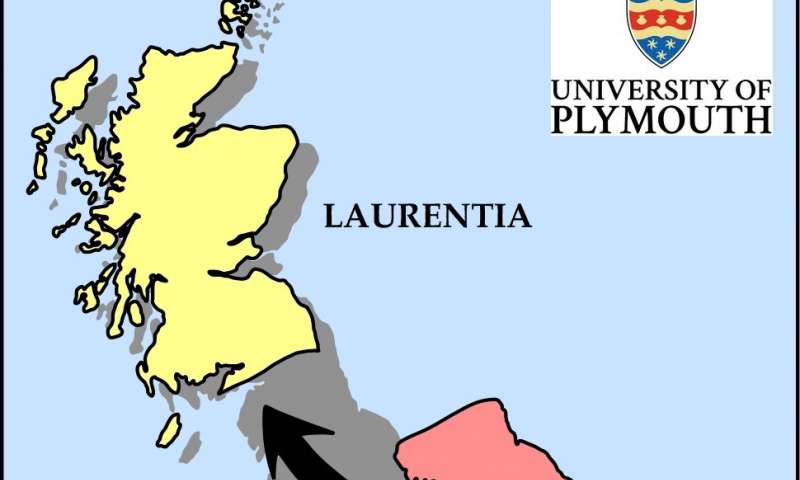England and France are not only connected by wars, but also an ancient connection in geological terms, according to a new study. Scientists believe England was formed after the collision of three ancient land masses rather than two, which was initially believed.
Scientists have believed for centuries that England, Wales and Scotland came to exist when Avalonia and Laurentia merged more than 400 million years ago. However, a new study hints at an ancient connection between Britain and France which includes a third land mass called Armorica.
Researchers based at the University of Plymouth published their findings in the journal Nature Communications. They include an extensive study of various minerals and exposed rocks originating from Devon and Cornwall. The rocks indicate that there is a clear land boundary that stretches across the two counties. However, areas north of it share geological roots with England and Wales, while the Southern area reveals the presence of tin and tungsten in southwestern England. Those are the metals found in Brittany and other areas of Europe, although scientists haven’t found evidence of them in other parts of the U.K.
“This is a completely new way of thinking about how Britain was formed. It has always been presumed that the border of Avalonia and Armorica was beneath what would seem to be the natural boundary of the English Channel. But our findings suggest that although there is no physical line on the surface, there is a clear geological boundary which separates Cornwall and south Devon from the rest of the U.K.,” lead author and igneous petrology lecturer Dr. Arjan Dijkstra said in a statement.
Collaborating with Masters student Callum Hatch, who is now working at the Natural History Museum, Dr. Dijkstra visited 22 cities in Devon and Cornwall that were believed to be exposed to geological events like underground volcanic eruptions. It is believed that those events took place roughly 300 million years ago and delivered magma from depths of 62 miles below the Earth’s surface.
XRF spectrometry
The team collected rock samples from the suspected sites and analyzed them chemically in detail using X-ray fluorescence (XRF) spectrometry. After that, they dissolved samples in acid to conduct a more extensive isotopic analysis and determine the origin of samples. They analyzed the levels of two elements, strontium and neodymium, which would reveal the history of those rocks.
They compared this ancient connection to France with studies that were previously conducted in the U.K. and mainland Europe. The results revealed a clear boundary from the Exe estuary leading toward the Camelford in the west.
“We always knew that around 10,000 years ago you would have been able to walk from England to France,” Dijkstra said. “But our findings show that millions of years before that, the bonds between the two countries would have been even stronger. It explains the immense mineral wealth of South West England, which had previously been something of a mystery, and provides a fascinating new insight into the geological history of the UK.”
Thus, the Hundred Years’ War is apparently not the only thing that connects England and France, as this ancient connection came much before those two armies crossed swords.





